Welcome to issue 8 of the Call to Comms!
According to the UN, about 80% of people displaced by climate change are women. This week, we explore how women and girls have been impacted by climate change and why they’re essential in the fight against it. Natural disasters, such as the 2022 floods in Pakistan, are made worse by climate change. How can the countries at risk prepare for them?
💬 In this week's issue:
Women and climate change
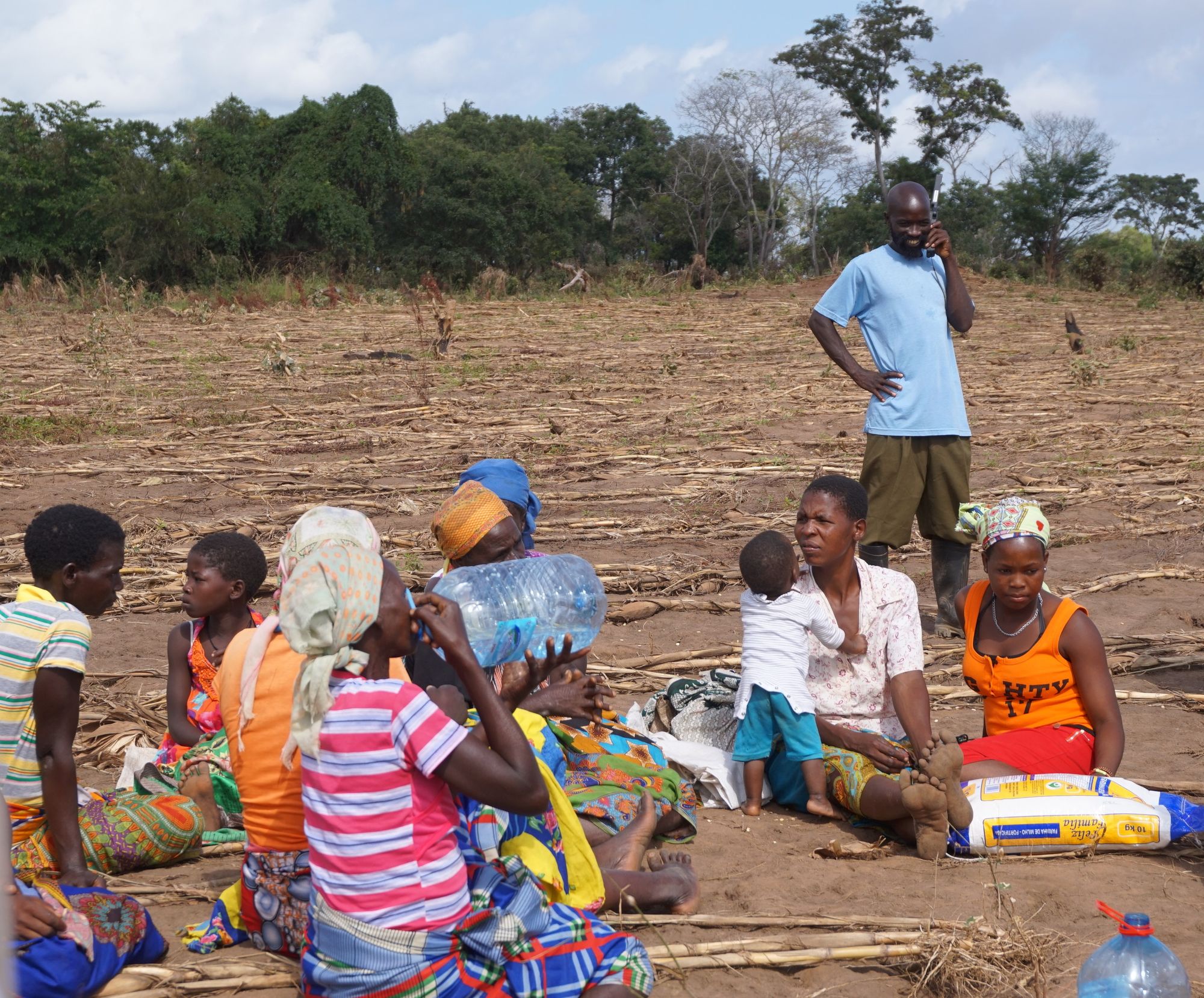
Why women are heavily impacted by climate change
The impact of climate change is felt by everyone, not least half the population who happen to be women and girls. Climate change exacerbates gender inequality, and this must be taken into account when building humanitarian responses.
1. Finding food and water is harder
In the countries most affected by climate change, women often work in agriculture and are responsible for finding food and water for their families. In fact, there are approximately 771 million women drinking dirty water, walking miles upon miles with heavy jerry cans on their backs. And it’s only getting worse. Because when food and water are scarce, they often have to work harder to keep their families afloat and often eat less.
2. Girls’ education suffer
When agriculture is affected by floods or droughts, family members may have to go to the city to work. Girls are often called upon to help with domestic chores and miss school, or are unable to attend school due to climate change-related disasters.
3. Violence against women and girls in displacement
In the event of displacement due to climate change, women and girls are vulnerable to sexual violence in the camps. Girls are also at greater risk of child marriage, often seen as a way to ensure that they are fed and safe.
What can they bring to climate change action
Yes, women and girls are more vulnerable to climate change. But they’re also keys to create community-led action and bring new perspectives.
1. Produce more food with less carbon emissions
Women make up the majority of smallholder farmers, but they often produce less due to lack of access to funds and a lack of education on farming practices. Improving women's productivity could allow more food to be produced on existing land, thus avoiding deforestation and carbon emissions.
2. Women’s education can impact carbon emissions
Slowing population growth could lead to a reduction of 68.9 billion tonnes of carbon by 2050. One way to achieve this is through women's education: higher levels of education are closely linked to having fewer children. When women gain access to education, they share their knowledge with their communities: SeaWomen, an organization that teaches women biology to monitor coral reefs, has stated that "when you train a woman, you train a society".
3. Women in tech contribute to innovation fighting climate change
The study shows that women are more engaged in technology: they champion a cause and this has an impact on their work. The study argues that greater involvement of women in the innovation process would help develop the technologies needed to tackle climate change.
🗞 Latest news from TSF, our partners, and the humanitarian and technological web
- TSF expands its information project for Ukrainian refugees in Poland. Last week, TSF extended its information dissemination project in a refugee center in Lublin, a city near the Ukrainian border. The content displayed on a connected screen provides reliable information to refugees about their rights, mental health, local resources, etc.
- One Web’s final launch to complete its first constellation. The global communication company will launch 36 satellites at the end of the week, on the 26th. This will complete their first satellite constellation, Gen 1.
- The IPCC released its 6th report on climate change. To adapt to climate change, the Intergovernmental Panel on Climate Change (IPCC) declared that 'the solution lies in climate resilient development' (access to clean energy and technologies, public transport...).
- Inmarsat’s satellite coverage is set to double in Asia Pacific. Inmarsat connected the satellite they sent in late 2021 to ground stations in Western Australia.
TSF mission: training in South-East Asia to face natural disasters
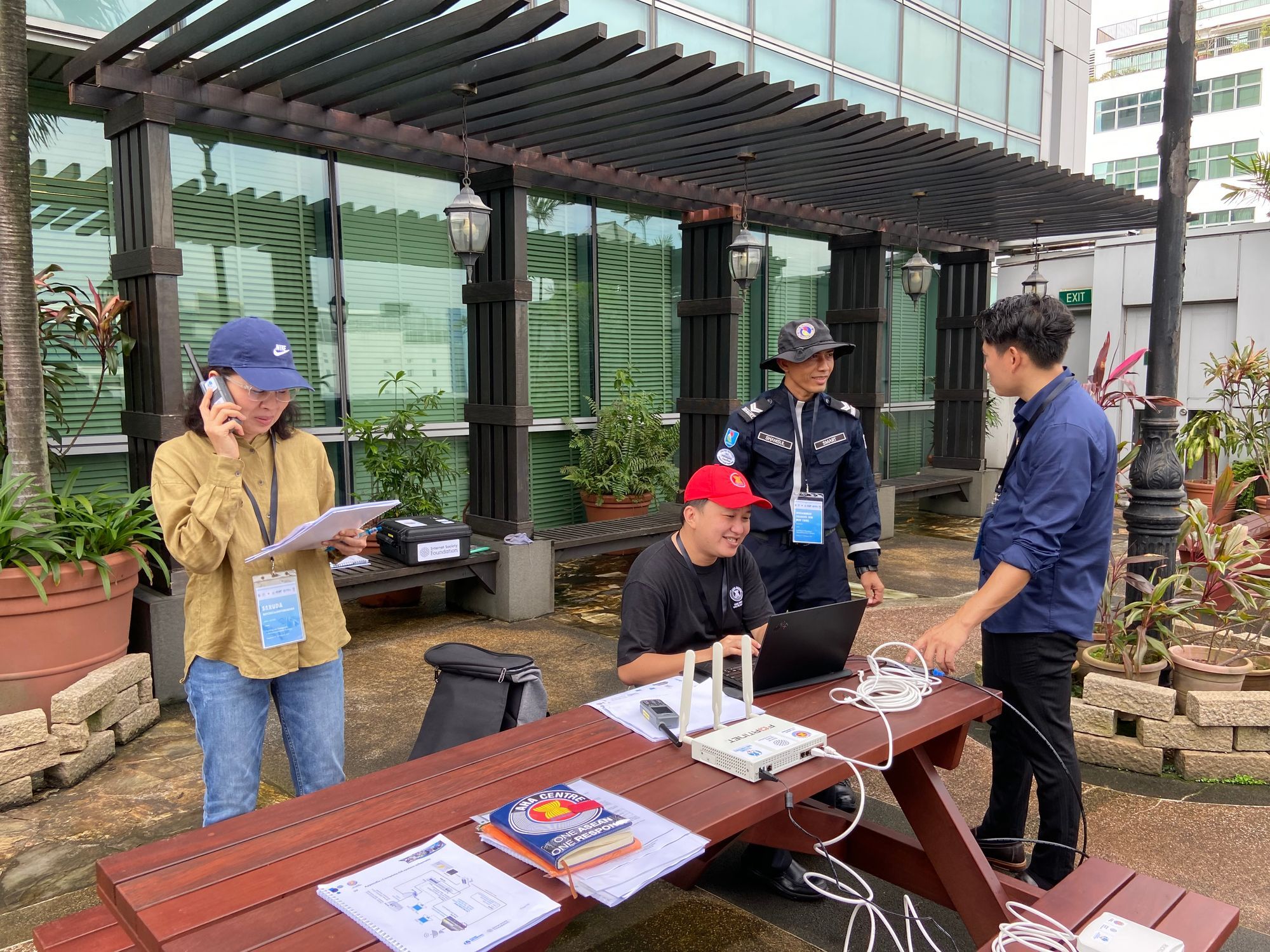
‘’In the field, when there is no communication nor data, telecoms become crucial for the coordination of the humanitarian response.’’
A participant during the South-East Asia emergency telecoms training.
A TSF team recently returned from South East Asia after organizing a training on emergency telecommunications for members of the AHA centre and ASEAN National Disaster Management Offices (NDMO).
How can countries vulnerable to natural disasters organize their emergency response if communications are down? The project, supported by the Internet Society Foundation, aims to build preparedness with emergency telecommunications in the Caribbean and in South-East Asia. So far, TSF has covered 29 countries through 2 intergovernmental organizations, CDEMA and ASEAN, in the Caribbean and in South-East Asia.
Click here to learn more about this mission, with a short interview about the project by Sébastien Gillet, ICT specialist and technical trainer for the mission:


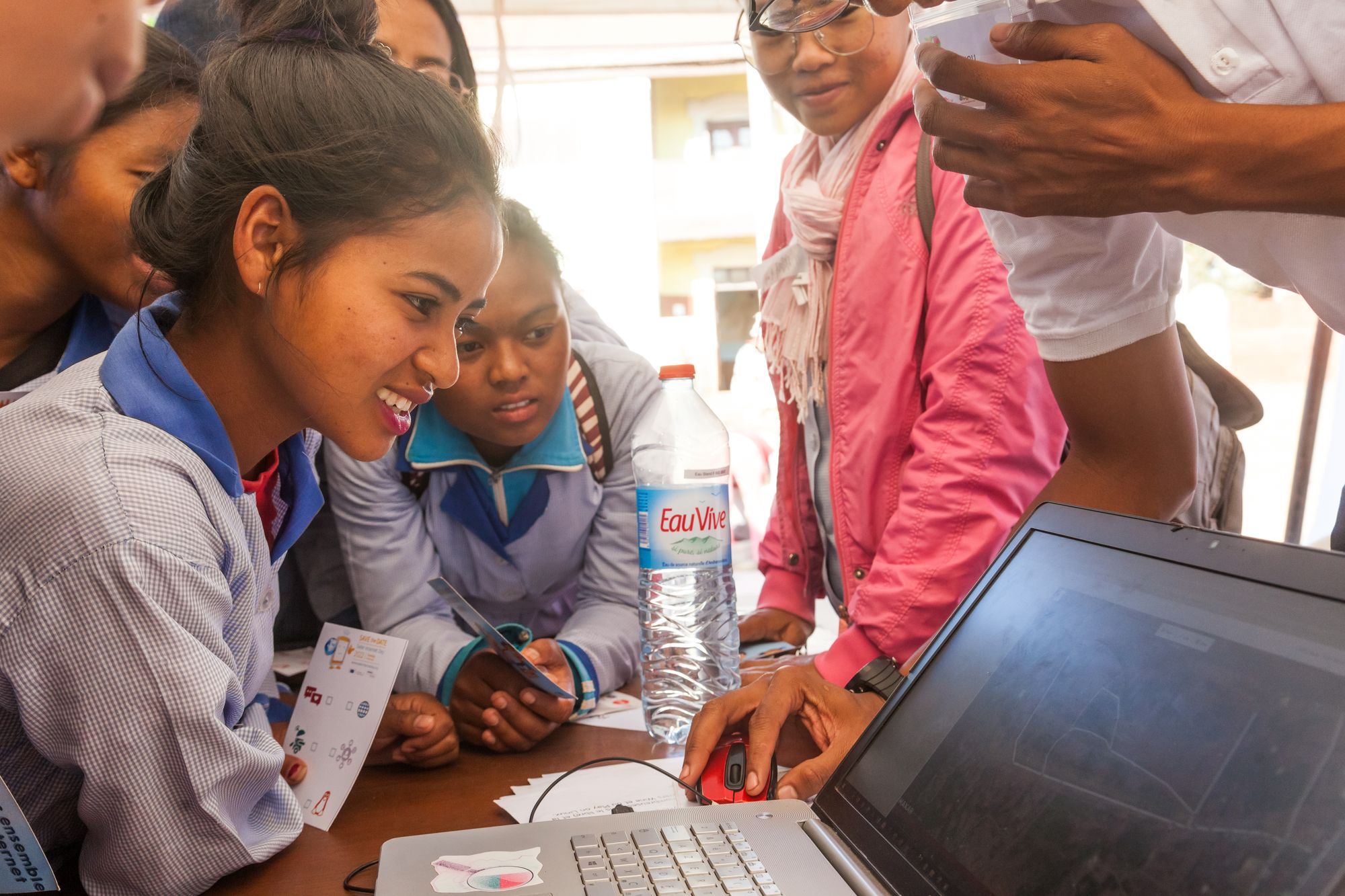
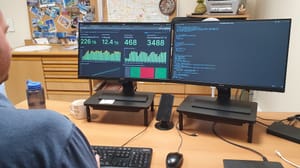
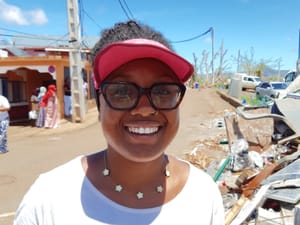
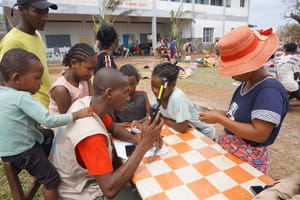
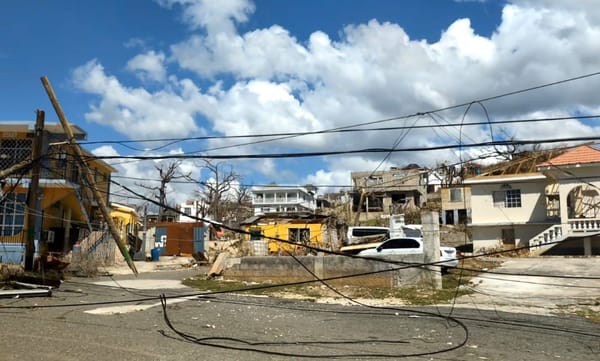



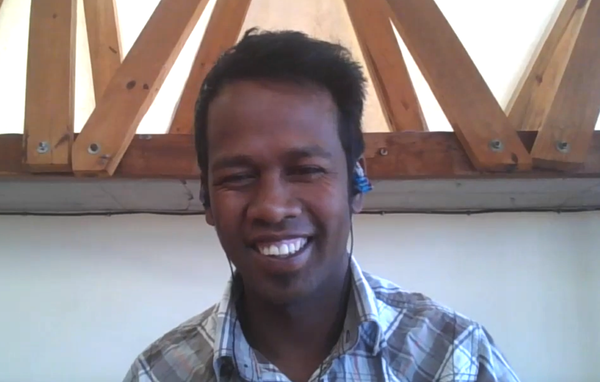
Member discussion